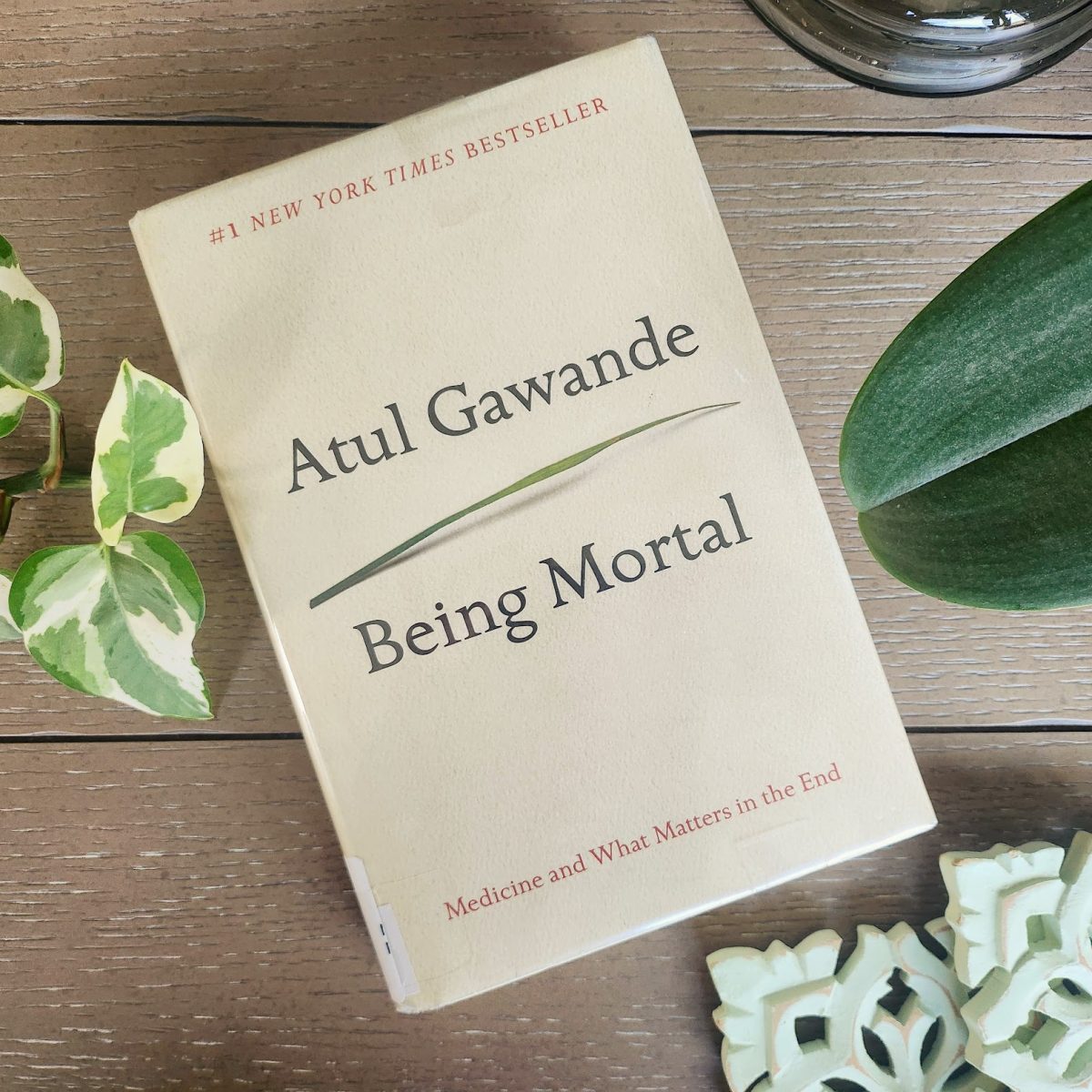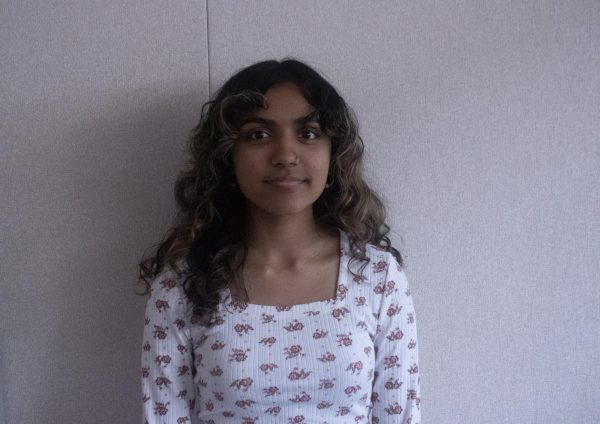When you’re young, it’s almost impossible to think about being old. Death and old age seem like elusive ideas, or are even dismissed as far-off and irrelevant. Or, at least they seem that way right up until something brings them closer to home.
In his non-fiction book Being Mortal, author Atul Gawande argues against this “we’ll cross that bridge when we get to it” approach to death and end-of-life care. More than that, indeed, he argues that life is actually better, and happier, when we take the time to acknowledge our own mortality.
Beginning as a deep-dive into a medical question, Being Mortal slowly evolves over the course of poignant stories and tragic anecdotes to humanize the issue, and reconsider if the question of death should be a medical question at all. Gawande also explores various issues and how they contribute to each story—the problems with nursing homes, how assisted living has changed, the extreme shortage of geriatricians, and more. But he always comes back to the same elements: in old age, many of us desire independence, to spend time with our friends and family, and to die peacefully and mercifully without pain. We want happy lives more than long ones. He expresses this sentiment succinctly: “Our ultimate goal, after all, is not a good death but a good life to the very end.”
But, Gawande explains, the topic of dying has become so taboo that many are unable to ask for what they want out of their end-of-life care. This reluctance may arise from literal blockades in the hospital system to autonomous living in old age, to psychological desperation that leaves many clinging onto any hope of living, to the unintentional deception of well-meaning doctors and nurses treating death as a problem that can always be fixed. Being Mortal identifies all of these problems, depicted as a product of the way we as a society think about mortality.
How does Being Mortal, then, suggest we mend these systemic issues? With systemic solutions. Gawande discusses modified hospital ICUs, assisted living done correctly, and the way to properly teach doctors bedside manner and deliver a daunting prognosis when it is truly necessary. More poignantly, though, he carefully threads in story after story, even the story of his own father’s death, a resonant gemstone on the coronet of the book, to communicate the changes he desires in the system. Indeed, Gawande articulates the ability of stories to give life greater meaning: “For human beings, life is meaningful because it is a story…. We have purposes larger than ourselves.” Through these stories, Gawande illustrates the value in creating systems that function not just to extend human life but to enrich it.
After learning so much about the flaws in the system, however, readers may find Gawande’s call to action frustratingly incomplete. He offers no permanent solution, no guidebook to living with the awareness of death. While this open ending does well to reflect on the true nature of life and mortality, it fails to offer a way to create positive change. For instance, Gawande could have easily returned to the audience of the book, maybe even to its youngest readers, and implored them to explore end-of-life care in their career. Indeed, Gawande does touch upon this once, stating that the world has a catastrophic shortage of geriatricians, but ultimately rejects the possibility of training more, or expanding the education. Instead, he moves on with a flippant “it’s too late” attitude, ignoring the potential of his book as a means of bringing more young people into the field of elder care.
Despite these shortcomings, though, Being Mortal is an excellent read for people of all ages, especially those interested in medicine or those wanting to learn more about themselves. Gawande’s book is introspective, it is critical, and it invites the reader to be the same. In tackling death, it also tackles life in its entirety, making it a great read for all those who seek a grander, more complete perspective on their own lives.
Right now, hundreds of thousands of high school students are considering a field in medicine, one of the most appealing fields there is for those interested in helping others and living a life of service. But many students are quick to focus on pediatrics and family medicine because they, as young people, are much more familiar with those fields. Perhaps another side effect of our hesitate to engage with death and mortality, not enough youth are considering the fields of geriatrics and assistive care. Being Mortal can, and hopefully will, function as an ambassador from the world of the old to the world of the young. With an outreached hand, the book could beckon us forward, and help us face and embrace our own mortality.




































